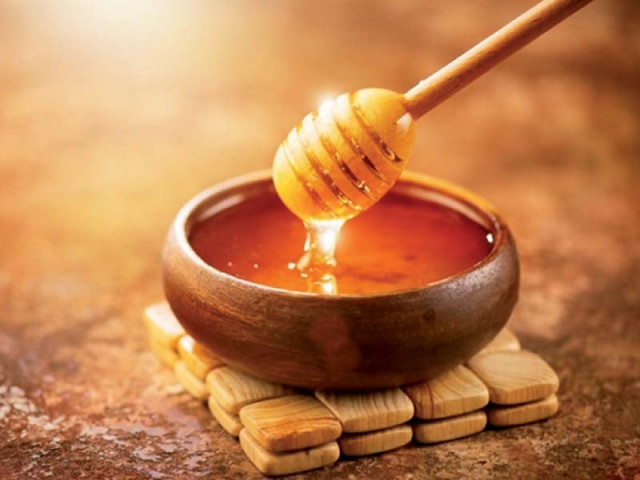Researcher introduces Chinese technology to local beekeepers
Aims to produce 70,000 tonnes of honey under Billion Tree Honey Initiative

“With Chinese technology, we have witnessed a historic breakthrough in local royal jelly production. Thirty beekeepers have mastered the skill to extract royal jelly, and more will be trained in the future,” said Muhammad Asif Aziz, Associate Professor of the Department of Entomology at the Pir Mehr Ali Shah Arid Agriculture University in Rawalpindi
Aziz is in charge of the trial phase of the Billion Tree Honey Initiative, and a participant of an online training course on beekeeping and honey processing technology sponsored by the Chinese Ministry of Commerce, organised by the Hunan Agricultural Group in the summer of 2021.
The Billion Tree Honey Initiative aims to produce 70,000 tonnes of honey through the introduction of modern beekeeping equipment, training in the latest technologies, standardisation and product certification and marketing.
“The Chinese professors demonstrated the country’s beekeeping technology through theoretical explanations and demonstrations on apiaries,” he said.
After the training, Aziz realised that to develop the local apiculture industry, the first step will be to improve the skills of local practitioners. To do so, he initiated two courses to train local beekeepers about modern apiculture technology.
Previously, local beekeepers believed that royal jelly could only be produced in natural beeswax cups and in queen-less colonies. This made them reluctant due to the fear of losing the bee population in the absence of queens – hence considering royal jelly production to be costlier than net profits.
THE ARTICLE ORIGINALLY APPEARED ON THE CHINA ECONOMIC NET
Published in The Express Tribune, December 22nd, 2022.
Like Business on Facebook, follow @TribuneBiz on Twitter to stay informed and join in the conversation.



















COMMENTS
Comments are moderated and generally will be posted if they are on-topic and not abusive.
For more information, please see our Comments FAQ